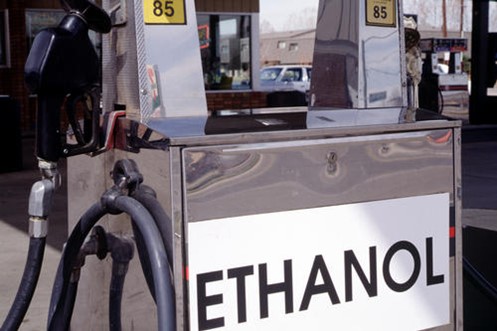The U.S. Environmental Protection Agency (EPA) Monday announced the final Renewal Fuel Standard (RFS) required volume obligations for 2014, 2015 and 2016 at higher levels than proposed by the agency in May 2015. Specifically, the EPA has raised the implied corn mandate over the three years by more than 1.5 billion gallons and has set the 2016 ethanol mandate at a level beyond the 10 percent blendwall limits.

"EPA's action will cost consumers at the pump and on the plate by effectively raising fuel and food prices," said National Chicken Council President Mike Brown. "By increasing the mandated volume of ethanol beyond the blendwall for next year, and retroactively increasing the mandates for 2014 and 2015, more corn from feed and food will be diverted into fuel production, resulting in increased costs for poultry and livestock producers. Since the RFS was enacted, chicken producers alone have incurred more than $50 billion in higher actual feed costs due to the ethanol mandates, and the tab keeps getting run up under this broken law.
"It's ironic that while US ethanol is competitive in the global export market, the ethanol industry continues to rely on expanding the RFS mandates domestically," Brown continued. "If anything, today's announcement by EPA should be yet another reminder that the RFS, and its implementation, are broken beyond repair."
With today's announcement, EPA is two years late in setting the 2014 volume, thus setting the mandate retroactively, after twice increasing the initial proposed volume levels. The first proposed volume was issued in November 2013 set at 13 billion gallons. A revised proposal was issued in May 2015, raising the implied corn ethanol volume to 13.25 billion gallons. Today's announcement retroactively sets the 2014 compliance volume at 13.61 billion gallons. Additionally, the agency is one year late in setting the 2015 volume, also effectively setting this year's standard retroactively and at 14.05 billion gallons, which is 650 million gallons more than the 13.4 billion gallon volume initially proposed in May.
Moreover, the 2016 volume has been increased from the 14 billion gallons provided by the May proposal to 14.5 billion gallons, a level that will break the 10 percent blend wall.
Ethanol has been more expensive than gasoline for several months now, and is projected to remain more expensive well into 2016.
Brown also noted that in setting the domestic mandates, EPA did not account for the amount of ethanol that is exported and the effect those exports have in diverting additional corn away from the domestic feed and food market. Last year nearly 850 million gallons of ethanol were exported, and through August of this year, exports are running about five percent higher. Combined, 2014 and 2015 ethanol exports are likely to divert the equivalent of an additional 600 million bushels of corn away from feed and food use - in addition to that which is mandated by the RFS.
Click here to see more...